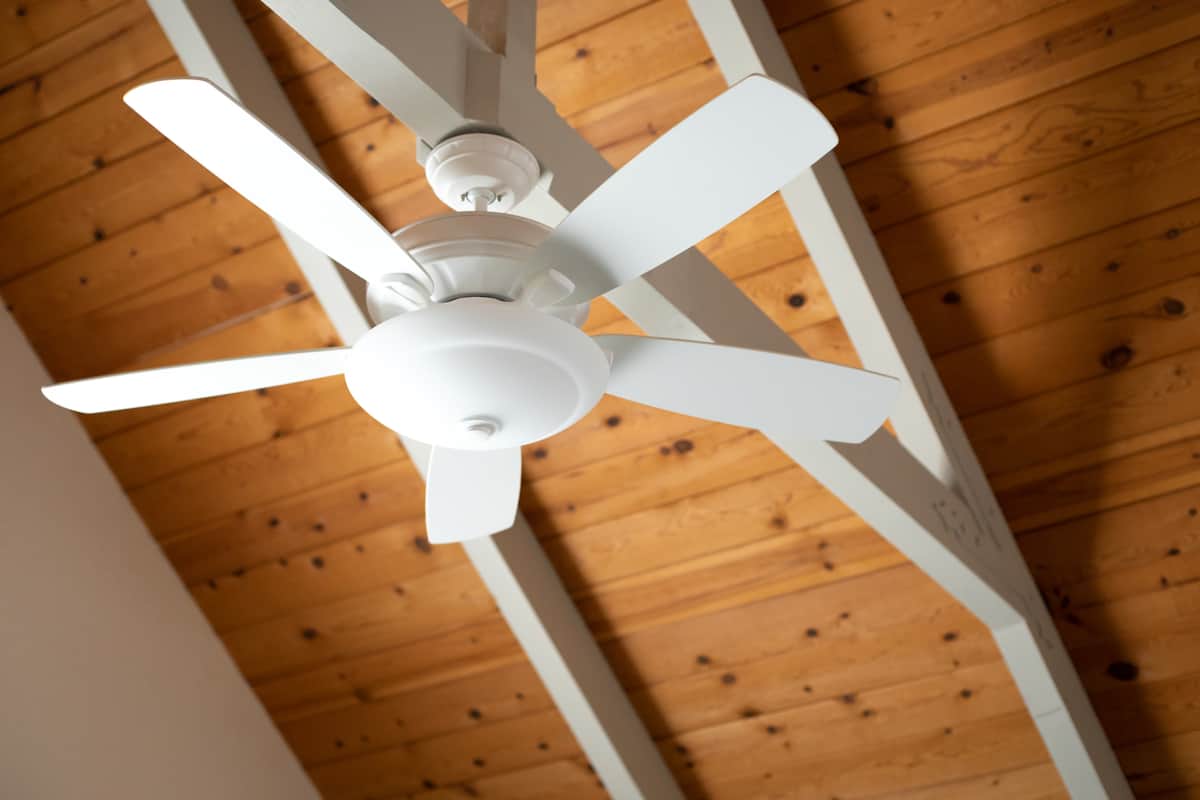

Articles
How Many Amps Does Ceiling Fan Use
Modified: January 18, 2024
Discover how many amps a ceiling fan uses in this informative article. Find out everything you need to know about ceiling fan electricity consumption and its impact on your energy bill.
(Many of the links in this article redirect to a specific reviewed product. Your purchase of these products through affiliate links helps to generate commission for Storables.com, at no extra cost. Learn more)
Introduction
A ceiling fan is a staple in most households, providing much-needed airflow and cooling during hot summer days. While we may appreciate the comfort it brings, have you ever wondered how many amps a ceiling fan uses? Understanding the electrical usage of a ceiling fan can help you assess its energy efficiency and make an informed decision when selecting the right model for your home.
In this article, we will delve into the world of amps and explore the various factors that can affect the amp usage of a ceiling fan. We will also discuss the average amps used by ceiling fans and the importance of considering amp usage when choosing a ceiling fan. Finally, we will provide some tips on how to minimize the amp usage of your ceiling fan without compromising on its functionality.
So, whether you are a homeowner looking to upgrade your ceiling fan or simply curious about energy consumption, read on to discover the fascinating world of ceiling fan amps.
Key Takeaways:
- Understanding the amp usage of ceiling fans is crucial for energy efficiency and cost savings. Factors like fan size, speed settings, and motor efficiency impact amp usage, so choose wisely for optimal comfort and conservation.
- To minimize ceiling fan amp usage, opt for energy-efficient models, utilize variable speed settings, and consider fan blade size. Implementing these tips not only reduces energy consumption but also contributes to a sustainable lifestyle.
Read more: How Many Ceiling Fans On A 20 Amp Circuit
Understanding Amps
Before we dive into the world of ceiling fan amps, let’s first understand what amps actually are. Amps, short for amperes, are a unit of electric current. They measure the rate at which electrons flow through a conductor, such as a wire. In simpler terms, amps represent the strength of an electric current.
When it comes to electrical appliances like ceiling fans, understanding amps is essential because it helps determine how much electricity the appliance consumes. The higher the amp rating, the more power an appliance will draw from the electrical supply.
It’s important to note that amps alone do not indicate the energy usage of a device. To determine the total power consumption, we need to factor in both amps and voltage. Voltage is measured in volts and represents the electrical pressure or force at which the current flows. By multiplying the amps by the voltage, we can calculate the power consumption of an electrical appliance, often measured in watts.
While it might sound complicated, understanding amps is crucial for assessing the electrical efficiency and energy usage of your ceiling fan. By doing so, you can make informed decisions about energy conservation and find a ceiling fan that meets your energy-saving goals.
Factors Affecting Ceiling Fan Amp Usage
Several factors can influence the amp usage of a ceiling fan. Understanding these factors can help you choose a ceiling fan that best fits your energy consumption needs. Here are some key factors to consider:
- Fan Size: The size of the fan blades can affect the amp usage. Generally, larger blades require more power to operate, resulting in higher amp usage. Smaller fan blades, on the other hand, tend to use fewer amps.
- Fan Speed: The speed at which the ceiling fan operates can impact its amp usage. High-speed settings naturally require more electrical energy, resulting in higher amps. Conversely, lower speed settings use fewer amps.
- Number of Blades: The number of blades on a ceiling fan can also affect its amp usage. Fans with more blades tend to create greater airflow resistance, which requires more power to overcome. This can result in higher amps. Fans with fewer blades may have lower amp usage as they create less resistance.
- Motor Efficiency: The efficiency of the ceiling fan motor plays a significant role in determining amp usage. More efficient motors require less power to operate, leading to lower amp usage. Look for ceiling fans with energy-efficient motor designs to minimize amp consumption.
- Integrated Lighting: Some ceiling fans come with integrated light fixtures. It’s important to note that the lighting element of the fan will consume additional amps. Be mindful of the amp usage of both the fan and the lighting features when choosing a ceiling fan.
- Usage Duration: The amount of time you use your ceiling fan will naturally impact its amp usage. The longer you run the fan, the more electricity it will consume. Consider your usage habits and find a balance between comfort and energy conservation.
By considering these factors, you can select a ceiling fan that aligns with your energy consumption goals and provides optimal performance.
Average Amps Used by Ceiling Fans
When it comes to the average amp usage of ceiling fans, there is no one-size-fits-all answer. The amp usage can vary depending on factors such as the size of the fan, motor efficiency, speed settings, and more. However, we can provide a general range to give you an idea of what to expect.
On average, most standard-sized residential ceiling fans tend to use between 0.5 to 2.5 amps. Smaller, low-profile fans may fall on the lower end of the range, while larger, high-performance fans may use higher amps. Keep in mind that these values are approximate and can vary depending on the specific model and manufacturer.
It’s important to note that the amp usage mentioned above is for the ceiling fan alone and does not include any additional features such as lights or remote control receivers. If your ceiling fan has integrated lighting or other accessories, the amp usage will increase accordingly.
To determine the exact amp usage of a specific ceiling fan, refer to the manufacturer’s specifications. They will provide detailed information on the amp rating and power consumption for that particular model.
When selecting a ceiling fan, consider your energy consumption goals and choose a model that falls within your desired range. If energy efficiency is a priority, look for fans with energy-saving features such as DC motors or those that are ENERGY STAR certified. These models are designed to maximize performance while minimizing amp usage and energy consumption.
Remember that choosing a ceiling fan with lower amps doesn’t mean sacrificing comfort. Look for fans with variable speed settings that allow you to adjust the airflow according to your preferences. This way, you can strike a balance between energy efficiency and maintaining a comfortable indoor environment.
By understanding the average amp usage of ceiling fans and considering your specific needs, you can make an informed decision and select a fan that meets both your energy efficiency goals and cooling requirements.
Ceiling fans typically use around 0.5 to 2.5 amps, depending on the size and speed settings. Check the fan’s manual or label for the specific amp rating.
Importance of Amps in Ceiling Fan Selection
When choosing a ceiling fan for your home, considering the amps is an important factor that should not be overlooked. Here are a few reasons why amps are significant in ceiling fan selection:
- Energy Efficiency: The amp usage of a ceiling fan directly affects its energy efficiency. By selecting a fan with lower amps, you can reduce your energy consumption and lower your electricity bills. Energy-efficient fans not only help the environment but also save you money in the long run.
- Circuit Overload: Every home has a maximum electrical capacity that it can handle. When multiple devices and appliances are running simultaneously, it’s essential to avoid overloading the electrical circuits. By choosing a ceiling fan with lower amp usage, you can ensure that you have enough electrical capacity for other devices in your home.
- Electrical Safety: High amp usage can lead to overheating, which can be a safety concern. By selecting a ceiling fan with optimal amp usage, you minimize the risk of electrical malfunctions and potential hazards.
- Compatibility: If you plan to install multiple ceiling fans in your home, it is crucial to consider the amp usage. Ensuring that your electrical system can handle the combined amp load of all the fans is necessary to avoid any issues or electrical instabilities.
- Longevity: Ceiling fans with lower amp usage tend to have more efficient motors, which can result in enhanced durability and longevity. By choosing a fan with optimal amp usage, you can enjoy its cooling benefits for many years to come.
Considering the amps when selecting a ceiling fan allows you to make a well-informed decision that aligns with your energy-saving goals, electrical capacity, and safety requirements. It is recommended to consult with a professional electrician to assess your home’s electrical capacity and ensure compatibility with the chosen ceiling fan.
By prioritizing amp usage and energy efficiency, you not only benefit from reduced energy consumption but also contribute towards a more sustainable and eco-friendly lifestyle.
Read more: How Many Watts Does A Ceiling Fan Use
Tips for Minimizing Ceiling Fan Amp Usage
If you’re looking to minimize the amp usage of your ceiling fan and maximize its energy efficiency, here are some helpful tips to consider:
- Choose an Energy-Efficient Fan: Look for ceiling fans that are specifically designed to be energy-efficient. Models with DC motors or those that are ENERGY STAR certified are known for their lower amp usage and reduced energy consumption.
- Utilize Variable Speed Settings: Take advantage of the variable speed settings on your ceiling fan. Using lower speed settings, especially when the room is not too hot, can significantly reduce amp usage while still providing a gentle cooling breeze.
- Optimize Ceiling Fan Usage: Turn off the fan when you leave the room. There’s no need to keep the fan running if no one is benefiting from the airflow. This simple habit can help conserve energy and reduce unnecessary amp usage.
- Consider Fan Blade Size: Smaller fan blades tend to use fewer amps than larger blades. If you have the flexibility to choose, opt for a fan with smaller blades to minimize amp usage while still enjoying adequate airflow.
- Keep the Fan Clean: Dust and debris can accumulate on the blades and motor over time, which can hinder the fan’s performance and increase its amp usage. Regularly clean your ceiling fan to keep it running smoothly and efficiently.
- Use Additional Cooling Methods: Consider using ceiling fans in conjunction with other cooling methods, such as air conditioning or natural ventilation. By using the ceiling fan in conjunction with other cooling methods, you can reduce the fan’s operating time, thereby minimizing amp usage.
- Upgrade to LED Lighting: If your ceiling fan has integrated lighting, consider upgrading to energy-efficient LED bulbs. LED bulbs use significantly less energy than traditional incandescent bulbs, helping to reduce the overall amp usage of your ceiling fan.
Implementing these tips will not only help reduce the amp usage of your ceiling fan but also contribute to energy conservation and cost savings in the long run. Remember to consult the manufacturer’s guidelines and recommendations for optimal usage and maintenance of your specific ceiling fan model.
By being mindful of energy efficiency and making informed choices, you can enjoy the comfort and benefits of a ceiling fan while minimizing its impact on your energy consumption.
Conclusion
Ceiling fans are a popular and effective way to keep your home cool and comfortable. Understanding the amp usage of ceiling fans is essential for making informed decisions about energy efficiency, electrical capacity, and overall comfort. By considering factors such as fan size, speed settings, motor efficiency, and usage duration, you can select a ceiling fan that aligns with your energy-saving goals.
While the average amp usage of ceiling fans can vary, it is generally recommended to choose fans with lower amp ratings to minimize energy consumption and reduce electrical load on your home’s circuits. Energy-efficient fans, variable speed settings, and proper utilization of the fan can all contribute to maximizing energy efficiency while maintaining a comfortable indoor environment.
It’s also important to remember that the amp usage of a ceiling fan alone does not tell the whole story. Integrated lighting fixtures and other accessories can increase the amp usage. Therefore, it’s essential to consider the total power consumption of your ceiling fan, including any additional features.
By implementing tips such as choosing energy-efficient fans, utilizing variable speed settings, cleaning the fan regularly, and optimizing usage, you can minimize the amp usage of your ceiling fan and contribute to energy conservation. Additionally, upgrading to LED lighting and considering other cooling methods can further enhance energy efficiency in your home.
Ultimately, by understanding the amp usage of ceiling fans and considering their impact on energy consumption and electrical capacity, you can make informed decisions and select a ceiling fan that not only keeps you cool but also aligns with your energy-saving goals.
So, the next time you’re in the market for a ceiling fan, take some time to research the amp usage, consider your preferences and usage habits, and choose a fan that strikes the perfect balance between comfort and energy efficiency.
Frequently Asked Questions about How Many Amps Does Ceiling Fan Use
Was this page helpful?
At Storables.com, we guarantee accurate and reliable information. Our content, validated by Expert Board Contributors, is crafted following stringent Editorial Policies. We're committed to providing you with well-researched, expert-backed insights for all your informational needs.


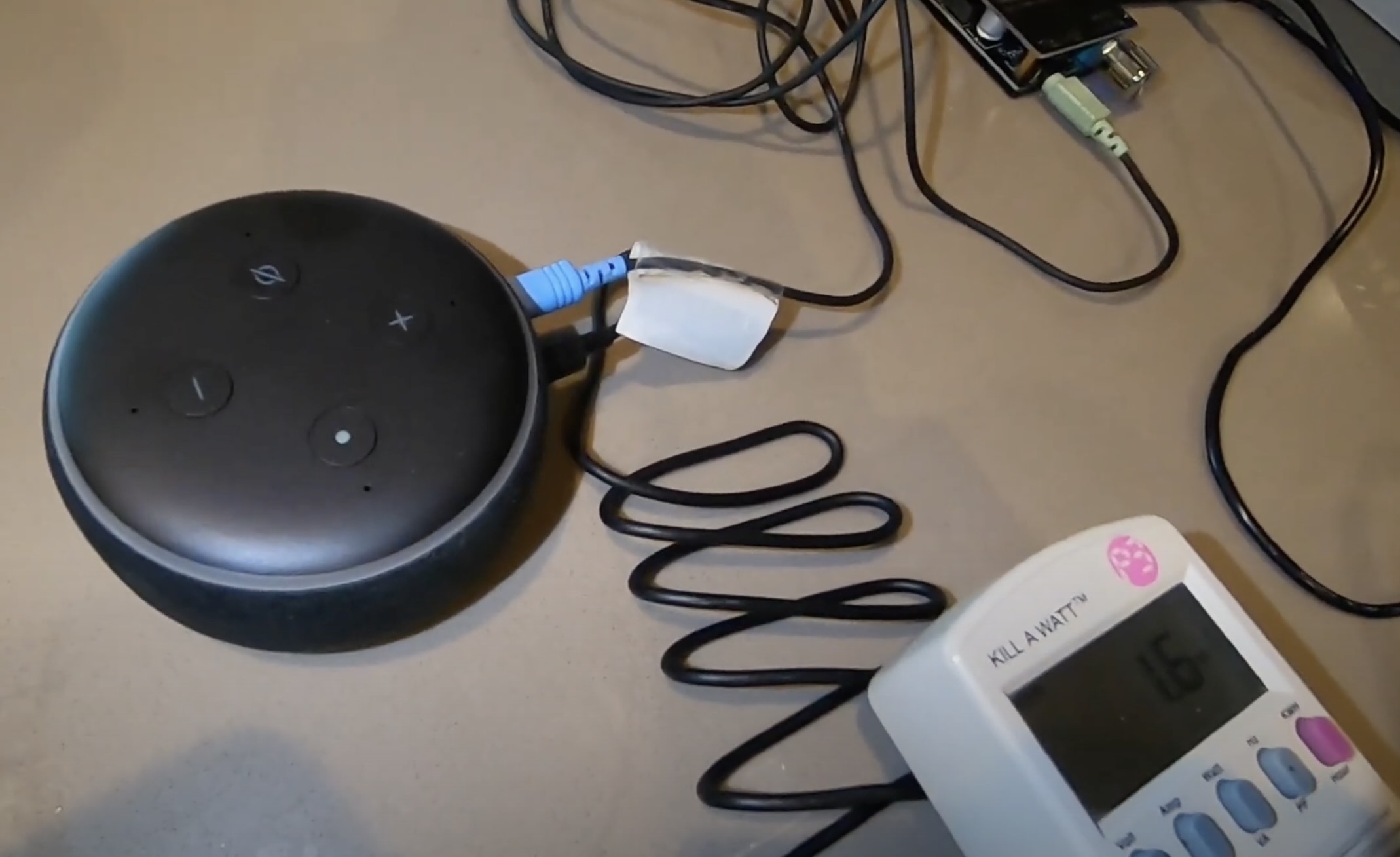
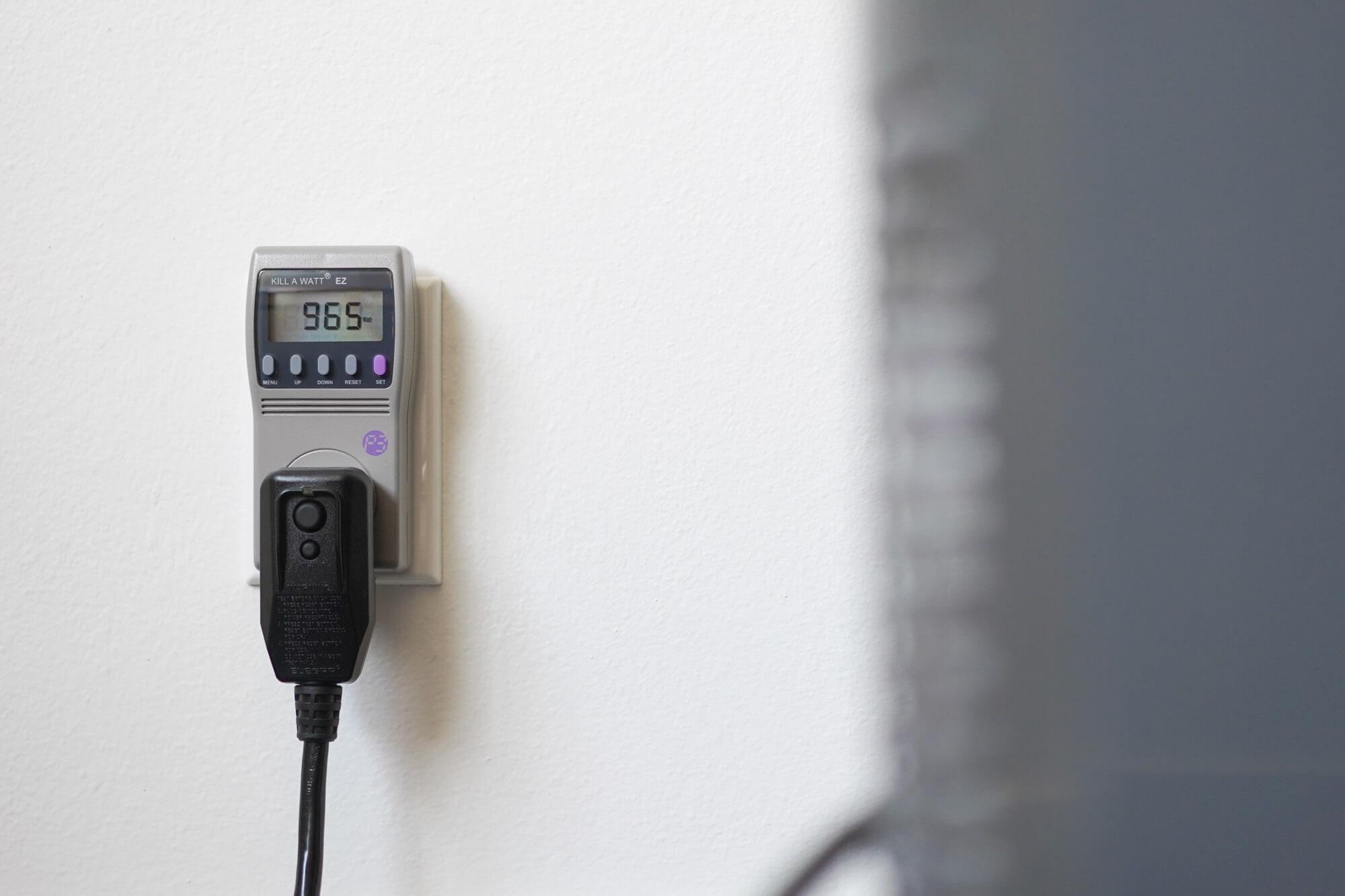
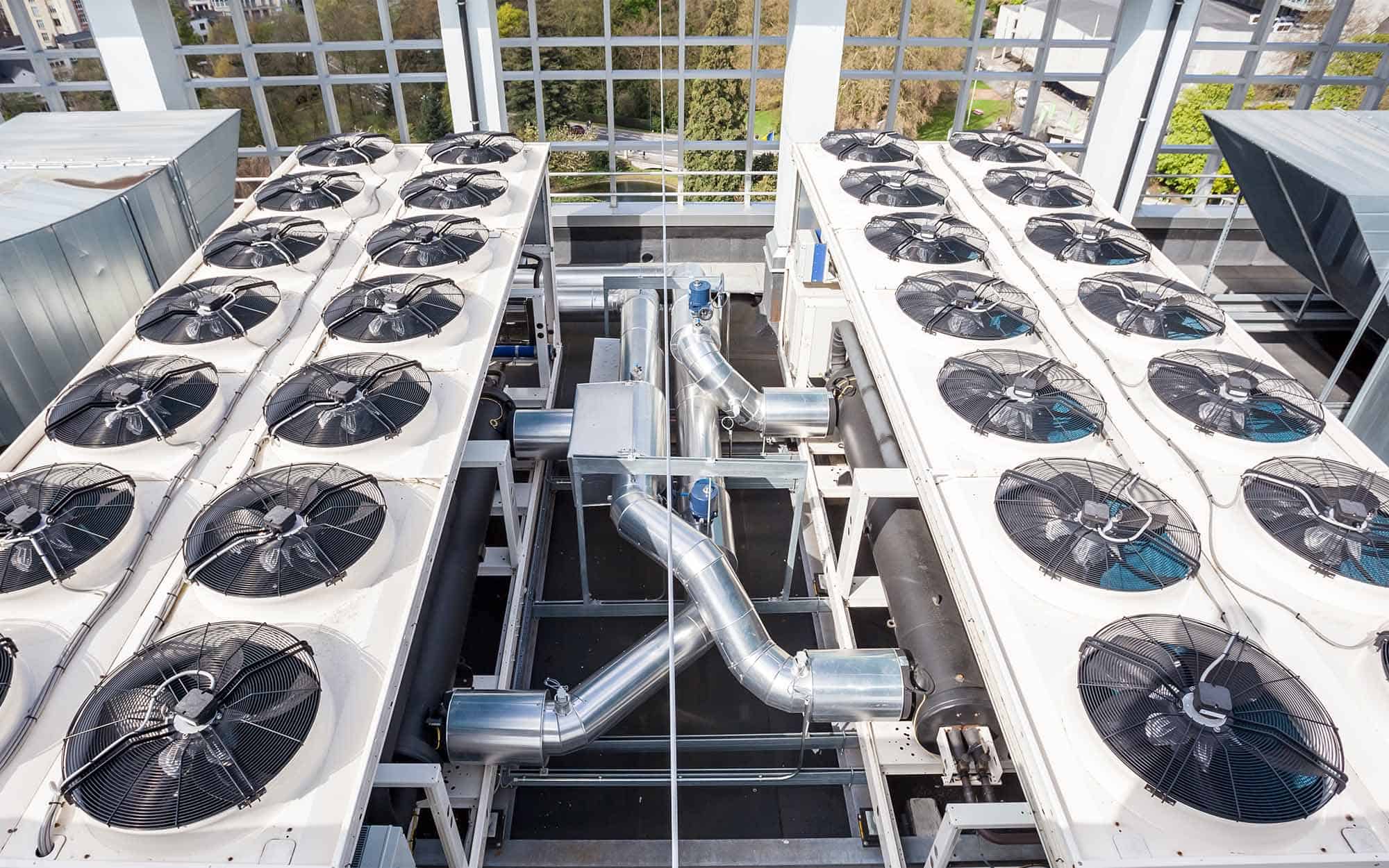
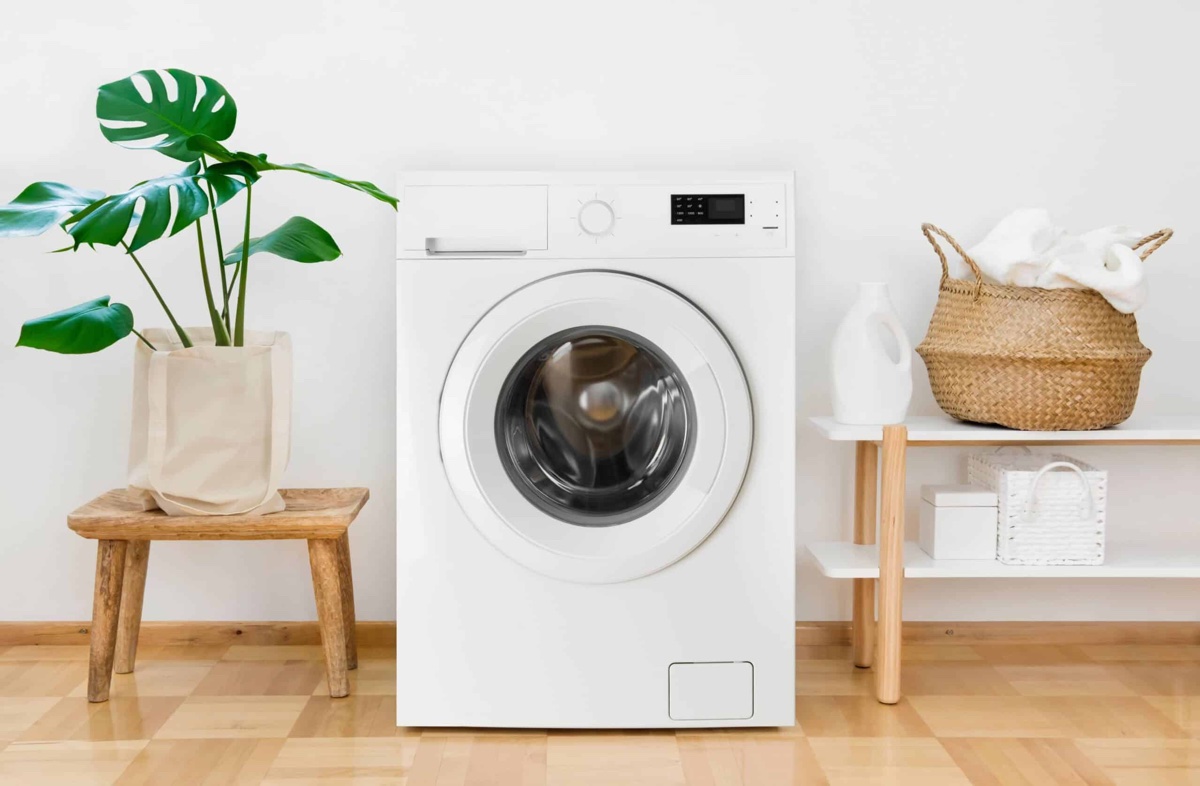
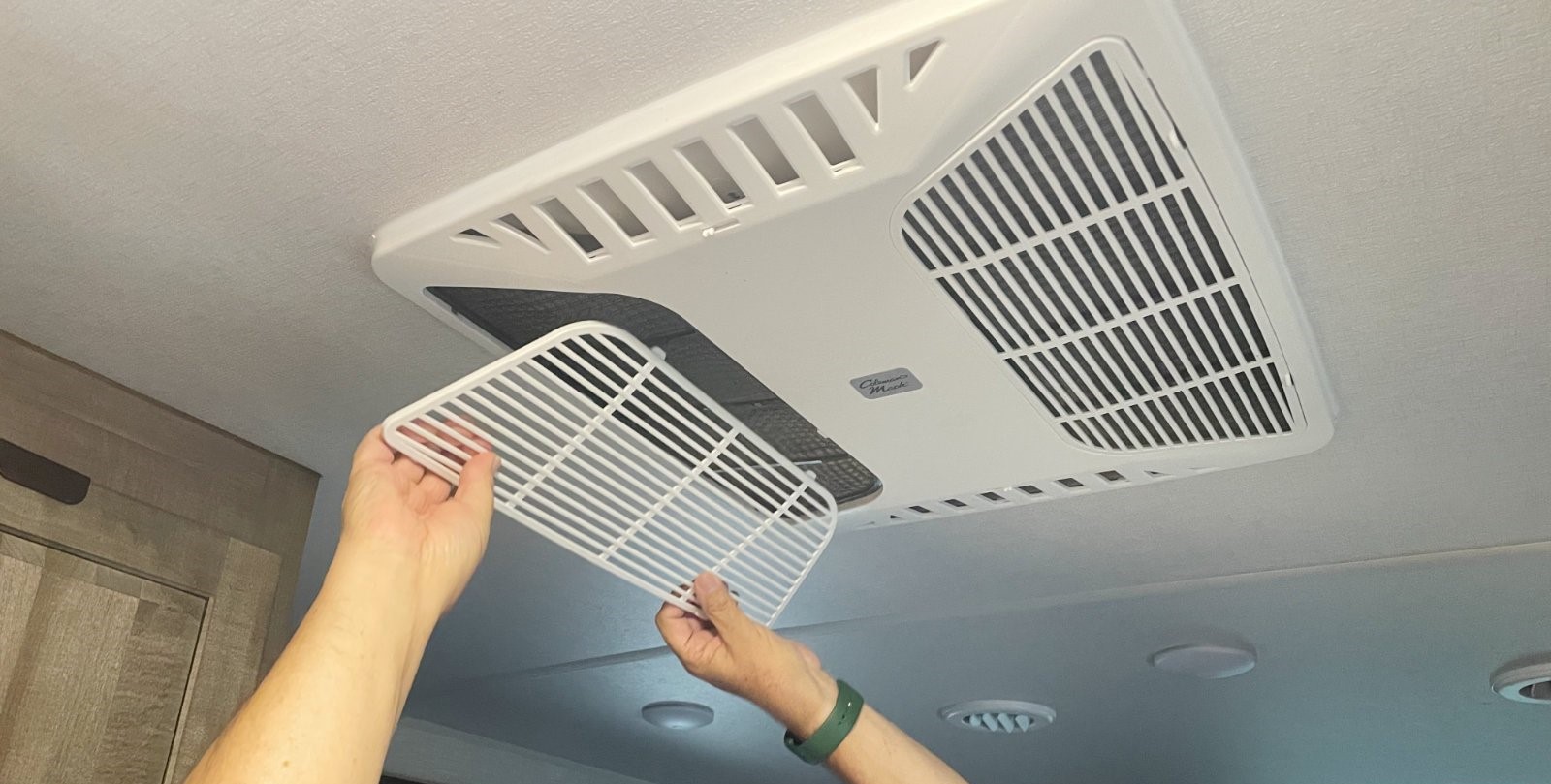
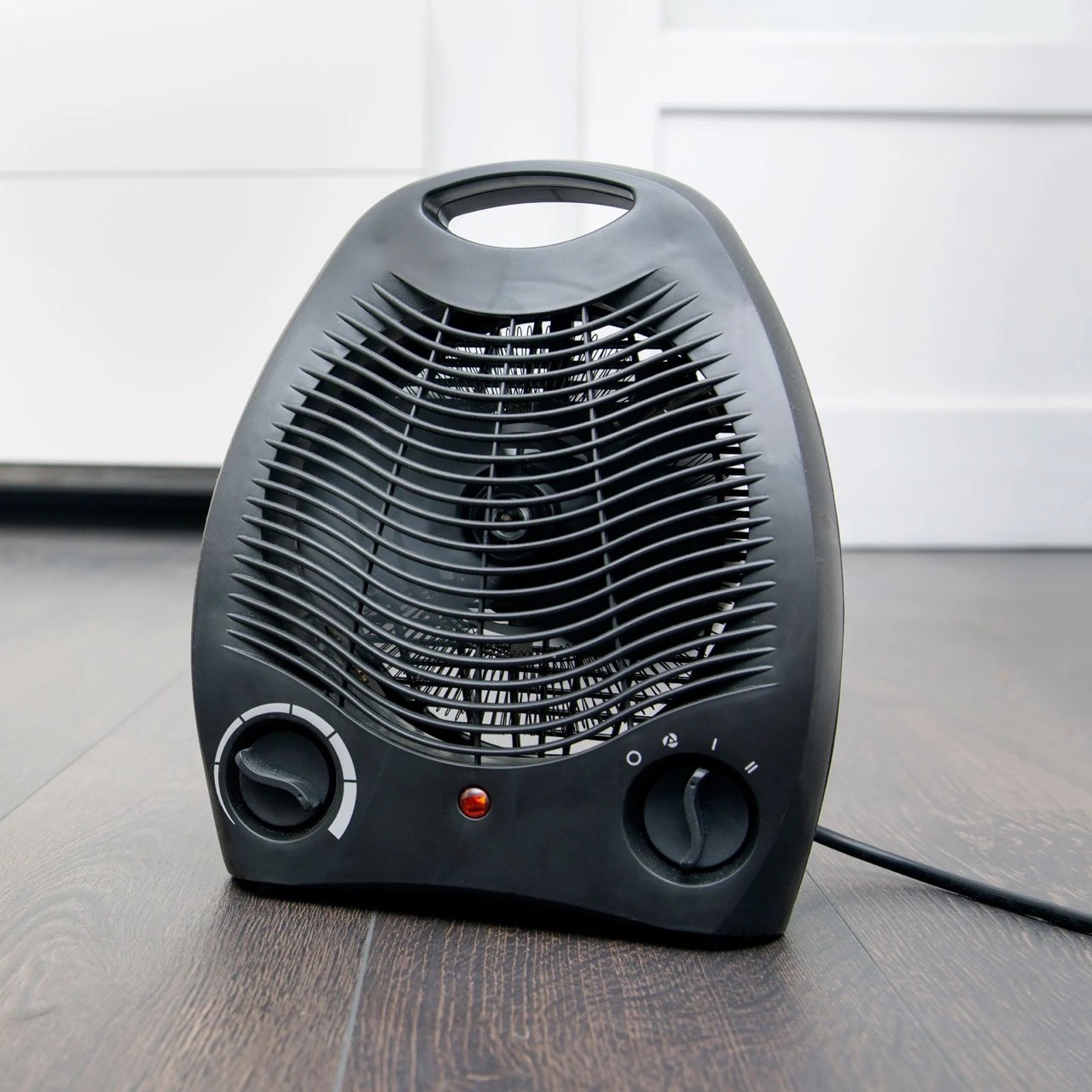
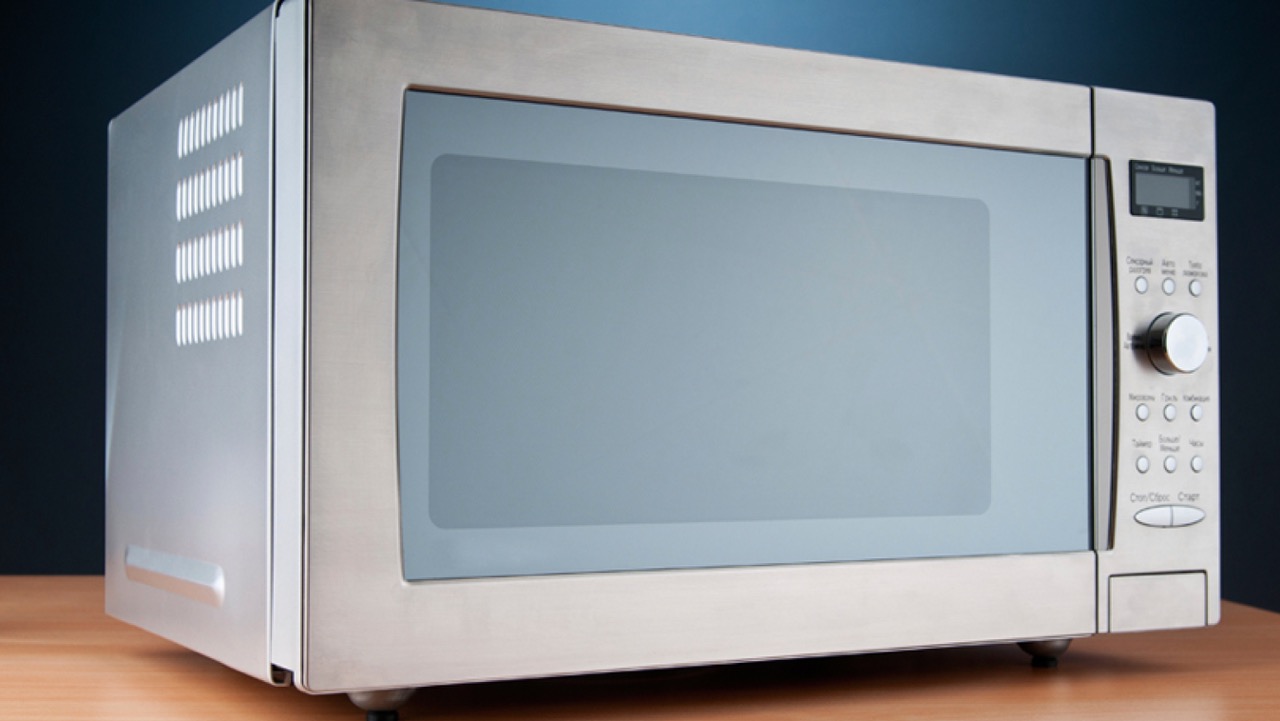
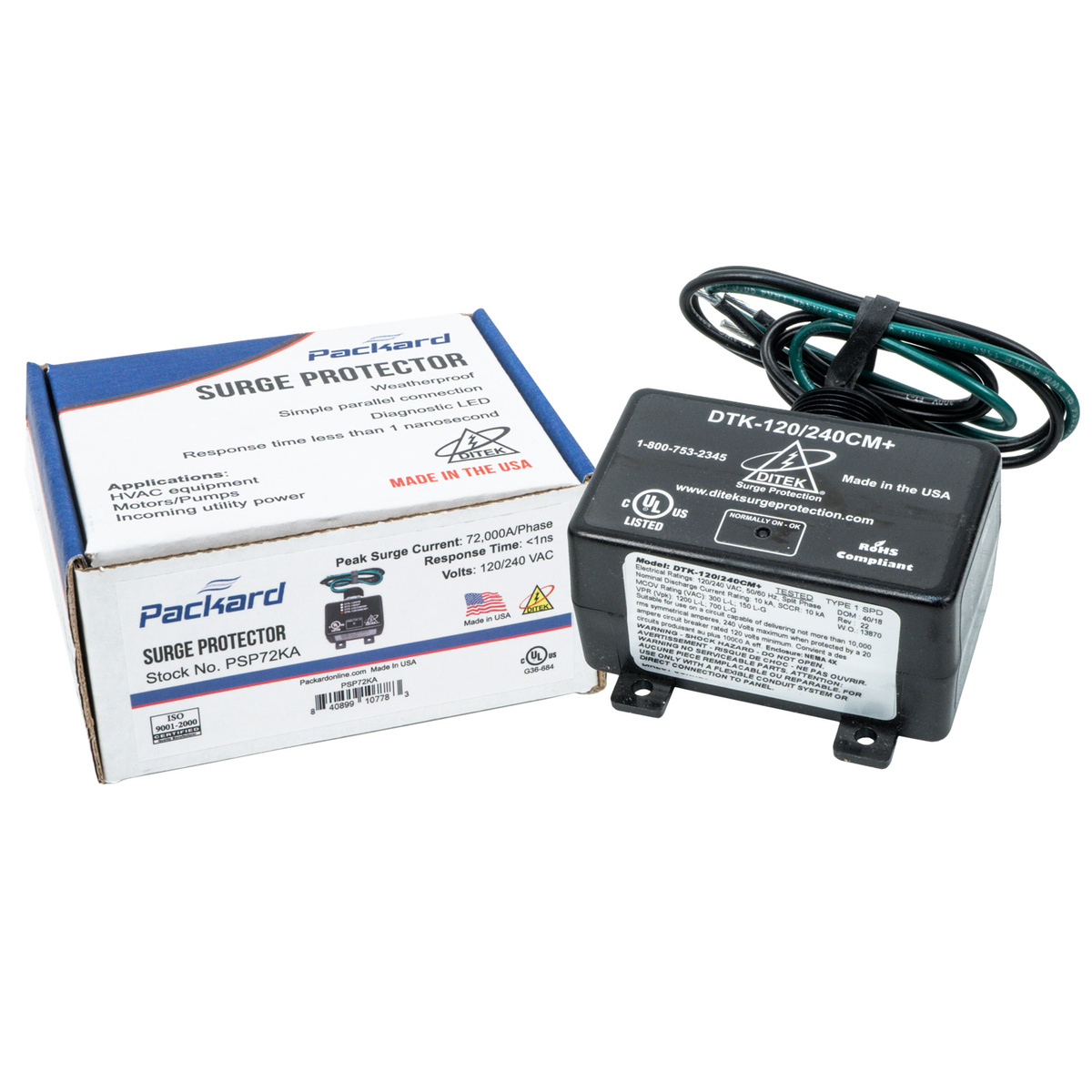
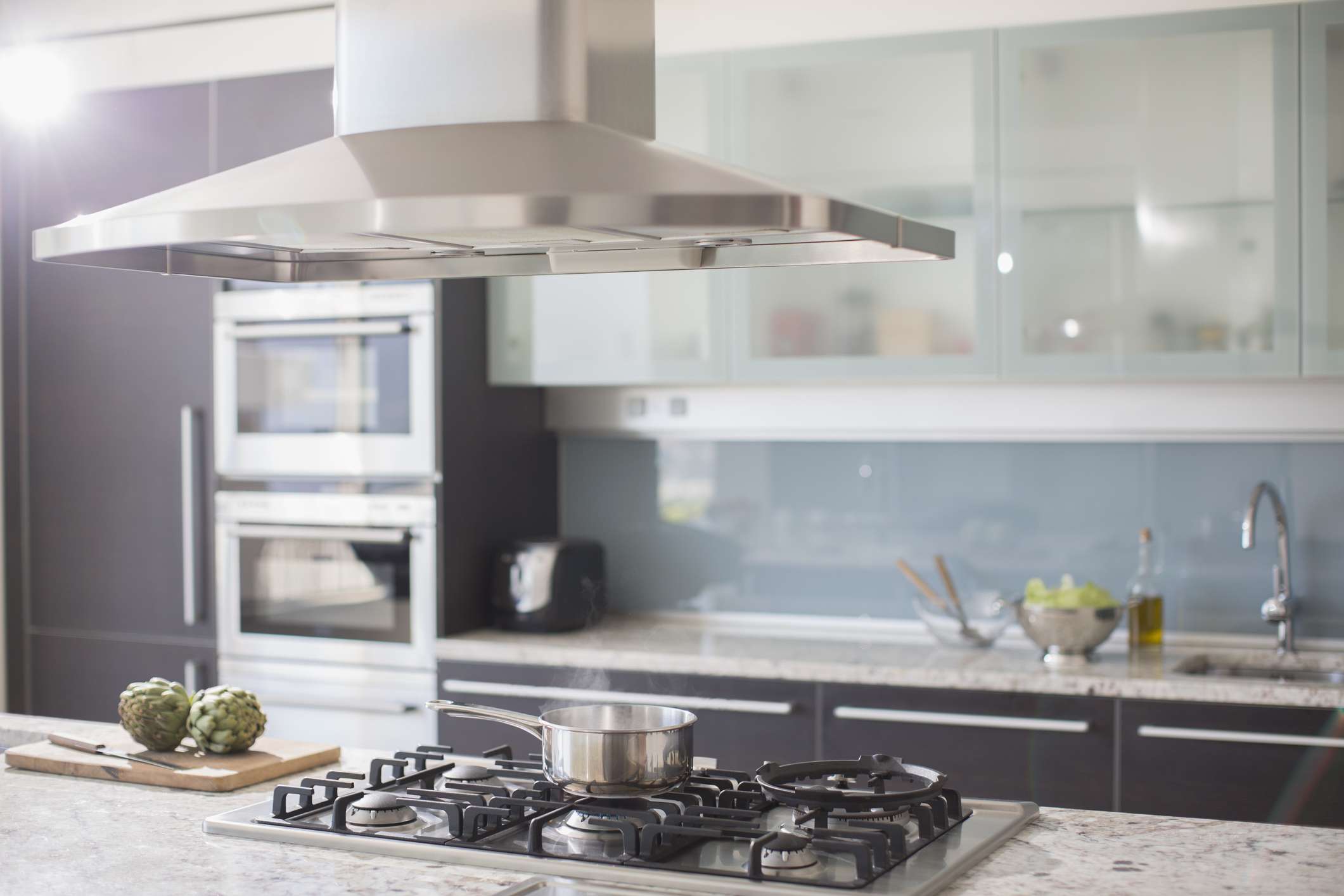

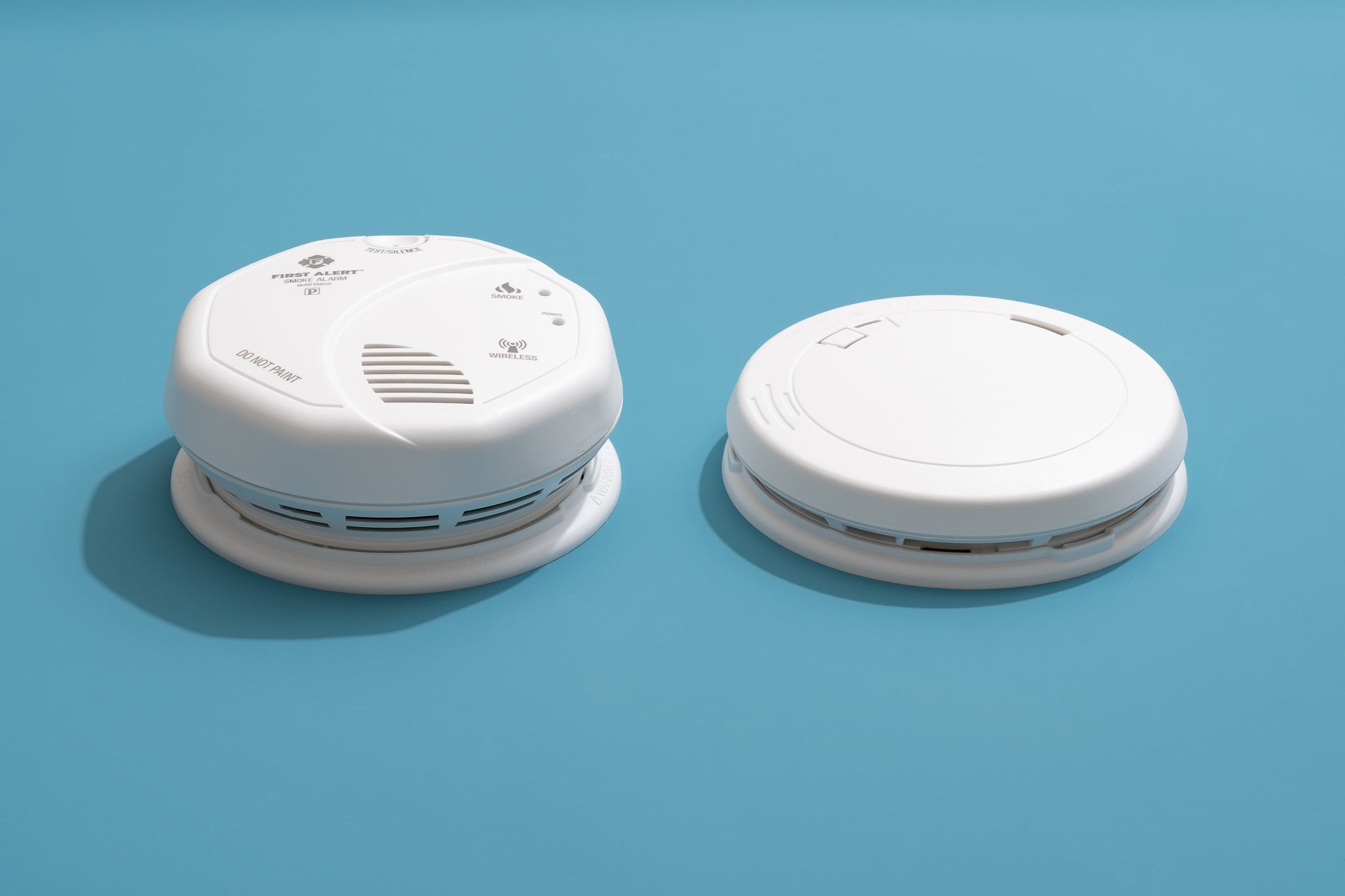


0 thoughts on “How Many Amps Does Ceiling Fan Use”